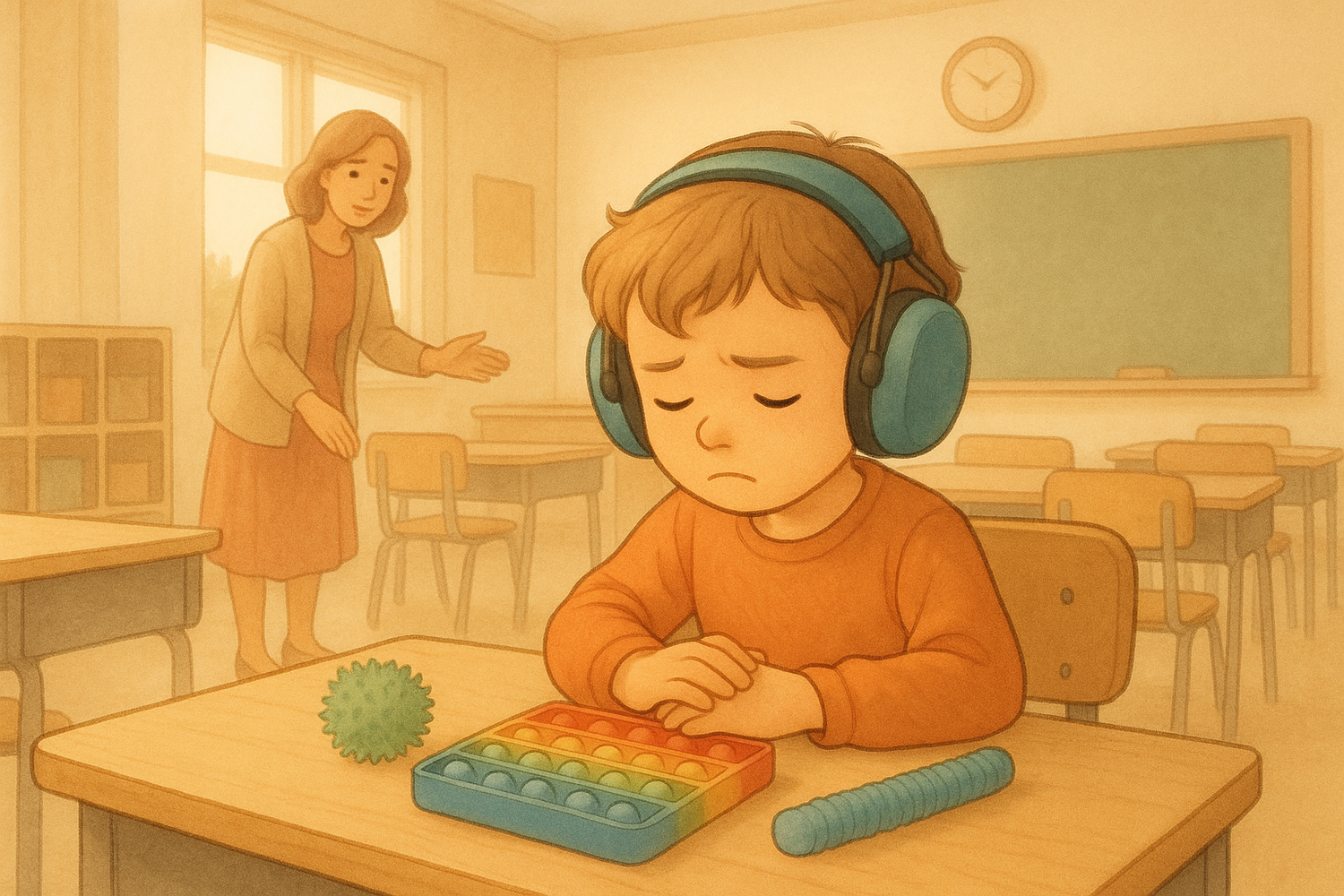Why Sensory Inclusion Matters: A Look at UK Schools and Public Spaces
In recent years, the conversation around accessibility has rightly expanded beyond ramps and lifts. A growing number of schools, venues, and businesses across the UK are waking up to a vital truth: true inclusion means meeting sensory needs too.
For autistic children and others with neurodiverse conditions like ADHD or sensory processing disorder, environments that most people take for granted—classrooms, shopping centres, public transport—can be overwhelming. Bright lights, unpredictable noises, and crowded spaces aren't just uncomfortable; they can be distressing and even disabling.
So, what does sensory inclusion look like—and why does it matter now more than ever?
Understanding Sensory Sensitivities
Many neurodivergent individuals experience heightened sensitivity to sound, light, touch, or smell. For example, the background hum of a projector, the screech of chairs being dragged, or the echo of a crowded hallway might barely register for one child, but cause another to feel panicked, anxious, or completely dysregulated.
These challenges aren’t behavioural—they’re neurological. Yet without understanding and support, they can lead to exclusion, misunderstandings, and emotional distress.
Why Sensory Inclusion Is Crucial in UK Schools
The latest government data shows that more than 1 in 7 pupils in England are identified as having special educational needs (SEN)—and many of these students are neurodivergent.
Schools across the UK are beginning to adapt by introducing:
-
Quiet zones or sensory rooms for calming breaks
-
Visual timetables and low-stimulus environments to reduce anxiety
-
Training for teachers and support staff on how sensory needs impact learning
-
Tools like noise-cancelling headphones to help students manage overwhelming auditory input
These measures don't just benefit neurodivergent pupils—they foster an inclusive culture that respects individual needs.
Public Spaces Are Catching On—Slowly
Beyond the school gates, some UK supermarkets, cinemas, and attractions have introduced "sensory-friendly" hours or quiet sessions. From autism-friendly screenings at Odeon to quiet shopping hours at Tesco and Sainsbury’s, small changes are making a big difference.
However, access to sensory accommodations remains inconsistent, especially outside major cities. Many families still face the anxiety of navigating unpredictable environments without support. For children with sensory sensitivities, even a family outing can feel like entering a battlefield of noise and chaos.
The Role of Tools Like Noise-Cancelling Headphones
While we work towards a more inclusive society, adaptive tools are a lifeline for many children. Noise-cancelling headphones, in particular, can be empowering—giving children more independence and comfort in challenging environments.
Whether it's managing assemblies at school, travelling on the bus, or visiting a busy museum, headphones can reduce the sensory load and help prevent meltdowns or shutdowns.
At [Your Store Name], we specialise in child-friendly, autism-aware noise-cancelling headphones that are lightweight, durable, and designed with real sensory needs in mind. Because when a child feels safe and in control, they’re more able to engage, learn, and enjoy the world around them.
Inclusion Is Not a Trend—It’s a Responsibility
Sensory inclusion isn’t a luxury. It’s not about special treatment—it’s about fairness and equal access. For children with autism and other neurodiverse conditions, simple changes can have a life-changing impact.
As awareness grows, so does the responsibility to act. Whether you're a teacher, a parent, a business owner, or simply someone who cares, there’s always something you can do to help make the UK a more inclusive place for every mind and every body.
Because when we design with everyone in mind, we build a better world for all.



Leave a comment
This site is protected by hCaptcha and the hCaptcha Privacy Policy and Terms of Service apply.